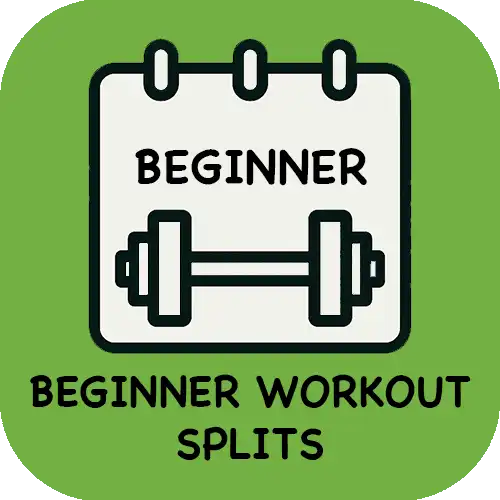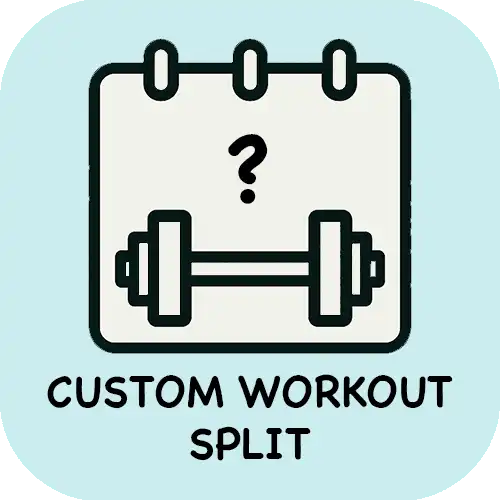
Default workout plans to help you quickly get started on your fitness journey
A workout plan that works for one may not work for another. Training programs are created in different formats to accommodate various experience levels, fitness objectives, and schedules with different social obligations. A properly designed program serves as a recipe and helps achieve progress and the specific goals of the individual. Since people enter fitness at different starting points, workout plans are generally organized into beginner, intermediate, and advanced stages. Each stage highlights a particular training focus, exercise selection, and structure. Workout plans are also divided into single-day splits and two-day splits all the way up to eight-day splits to provide variation to work out the various muscle groups effectively without building weaknesses. By matching the right level along with the right split, people can maximize effectiveness in training while maintaining a safe rate of progress.
Beginner workout plans are designed to start with basic calisthenics exercises and an introduction to machine-based exercises. The focus is less on lifting maximum weight and more on establishing strength, improving mobility, and forming consistent habits. Core exercises like squats, push-ups, planks, and pull-ups lay the groundwork by reinforcing form and balance. Machines including the chest press, leg press, and lat pulldown are especially helpful for beginners because they support safe execution while reducing the risk of injury. At this stage it's important for the individual to focus on learning how to build the mind-muscle connection.
Beginner workout routines are usually organized into one- to four-day splits each week. A single-day plan often trains the entire body in one session, while two- to four-day programs typically divide workouts into upper body, lower body, or full-body sessions. This structure provides enough rest between workouts, which is essential for recovery and adaptation to new physical stress. At the beginner level, developing regular training habits and the mind-muscle connection outweighs both volume and intensity. As beginners gain strength and confidence, they can increase the volume of these foundational exercises until they have gained the minimum strength requirements for using free weights.
Once a strong foundation is built with all the proper strength requirements in place, such as bench a minimum of 45lbs, squat a minimum of 135 lbs, the individual is ready to progress to intermediate-level workouts. This stage introduces a wider range of exercises, with the introduction of free weights, i.e., dumbbells and barbells, becoming the focus of training. Unlike machine-based movements, dumbbells and barbells allow for independent, natural motion, which forces all the little stabilizing muscles to be hit. This added demand develops better coordination and more functional strength and increases muscle mass. Dumbbell and barbell presses, rows, and lunges are common examples that challenge several muscle groups at once, promoting strength, balance, and stability.
Intermediate workout plans are usually structured as four- to five-day split routines. Common examples include a push-pull-legs (PPL) split or days dedicated to specific individual muscle groups split over five days. The individual can now focus on increasing training volume and progressive overloading in the form of pyramid-style reps.
Designed for experienced athletes or individuals who have worked out for several years, advanced workout routines address bodies that have adapted to numerous exercises and loads. To promote continued development, these routines utilize a mix of weighted calisthenics, machine exercises, dumbbell training, and heavy barbell movements to increase volume and intensity to challenge overall athletic performance. At this stage, individuals are more goal-focused on power, strength, cutting, or hypertrophy.
While compound movements are the base for all workouts, greater attention is now placed on isolation exercises. These isolation exercises help build greater muscular definition and allow the individual to focus on their weak points.
Workout routines for advanced lifters typically span six to eight days of split training. Typical bro splits or the standard Arnold split fit this paradigm. The bro splits are designed to target individual muscle groups each day, training them completely to exhaustion. The advantage of this is perfect recovery, allowing the individual to completely exhaust a muscle group during each training session.

Create your own custom workout plan
Date Published: Aug 25, 2025
Last Updated: Oct 27, 2025